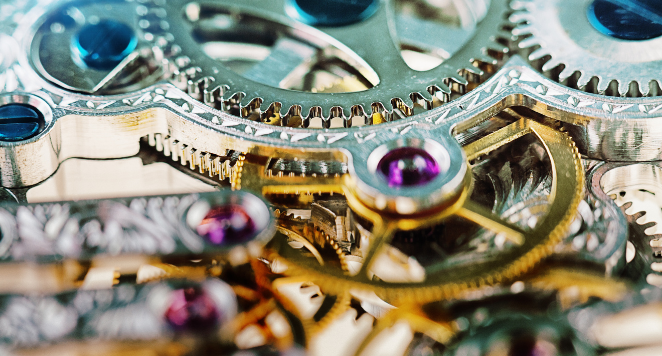Though watch jewels have been around since the early 18th century, they weren’t widely available until 1902, when it became possible to manufacture cheap artificial sapphire crystals. There are two primary purposes of placing jewels in watches: they reduce friction and promote durability.
Allow us to explain more about the purpose of jewels in watches and how watchmakers use jewels in the centuries-old craft of watchmaking.
What Are Jewels In A Watch?
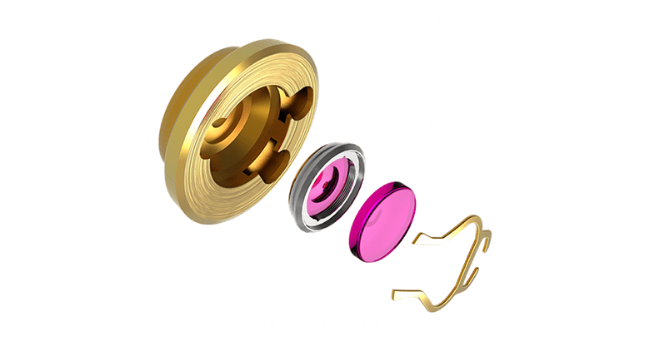
If you peek into a watch movement, you will find many small holes near the moving parts. In particular, these holes are often located near strained areas such as the balance wheel and the wheel train (you’ll soon find out why!).
Watch jewels are simply different types of jewels (usually synthetic ruby or sapphire) that are placed inside these holes.
In mechanical watches, there are two main types of jewel, the hole jewel and the cap jewel.
When it comes to the hole jewel, it’s all in the name; they’re simply pierced jewels. This allows the gear shaft to slot into them perfectly, producing a doughnut-like shape.
Conversely, cap jewels are non-perforated jewels that are often paired with pivot jewels to protect the watch movement.
To all vintage watch aficionados: if you’re wondering ‘what are jewels in a pocket watch?’, you’ll be pleased to know that the answer is exactly the same! Pocket watches possess the same types of jewels as wristwatches.
What Is The Purpose Of Jewels In Watches?
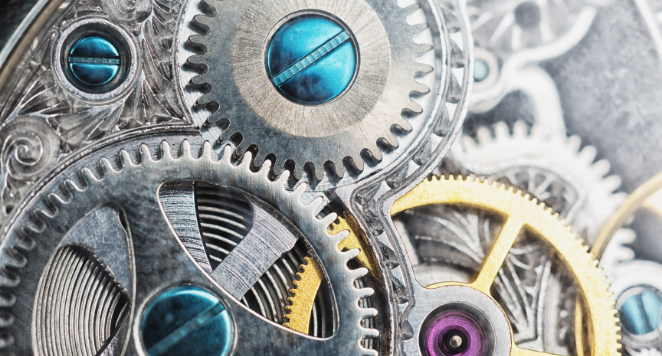
Now that you know what watch jewels are, the all-important question is: what do jewels do in a watch?
They have two primary functions:
- Reducing friction
- Increasing durability
Firstly, watch jewels reduce friction in the inner movement. Usually, the balance wheel is moved by regular impulses, but friction can build and cause the impulses to become irregular. Fortunately, jewels aren’t conducive to lots of friction, so they make the movement smoother.
Let’s take the specific example of the capstone that we introduced previously. Without a capstone, the shoulder of the arbor can rub against the hole and generate friction, yet with a capstone, the shoulder rubs against the jewel instead. Overall, this increases the accuracy of the timepiece as it promotes regular impulses.
Secondly, jewelled watches tend to be more durable. The natural consequence of reduced friction is that there is less damage inflicted on the inner movements, particularly the rotating shaft. Ultimately, this encourages the gear to function well and prevents the watch from stopping.
What Is The History Of Jewels In Watches?
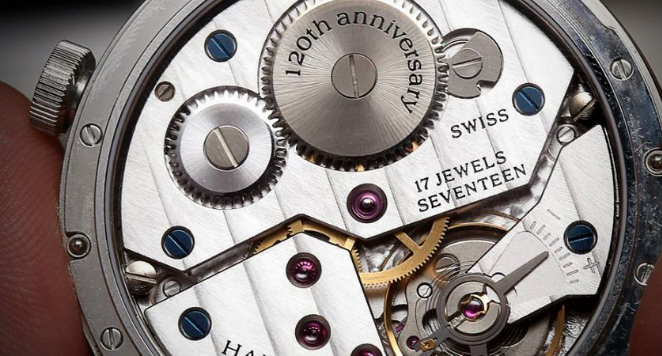
Before 1902, it was uncommon to see jewels in watch movements, owing to the expensive nature of natural jewels such as ruby and diamond.
However, when the French chemist Auguste Verneuil invented a process of making synthetic gemstones, it suddenly became much more affordable to incorporate jewels into watch movements.
How Many Jewels Should A Watch Have?
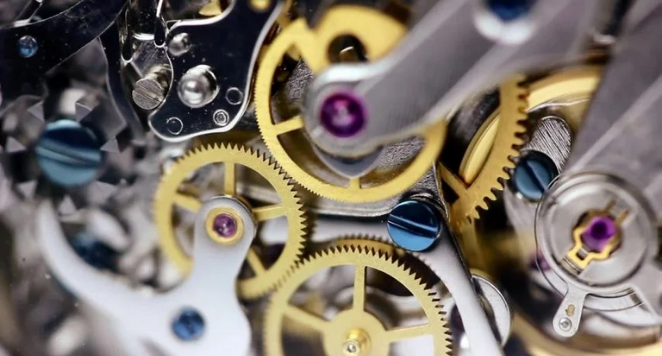
We know that watches come with various amounts of jewels, but what does the number of jewels mean in a watch?
Most mechanical watches boast 17 jewels, which is a key number.
So, what does 17 jewels mean in a watch, and why is it so special?
When a watch possesses exactly 17 jewels, it’s referred to as ‘fully-jewelled’. It will feature jewels throughout the entire movement, from the balance wheel to the escape lever.
Some high-end watches boast an impressive 21 jewels, which can come at a cost. However, in return for a high price, you could get a higher level of accuracy and durability.
This is because a high number of jewels can sometimes signify plenty of value.
Are More Jewels In A Watch Better?
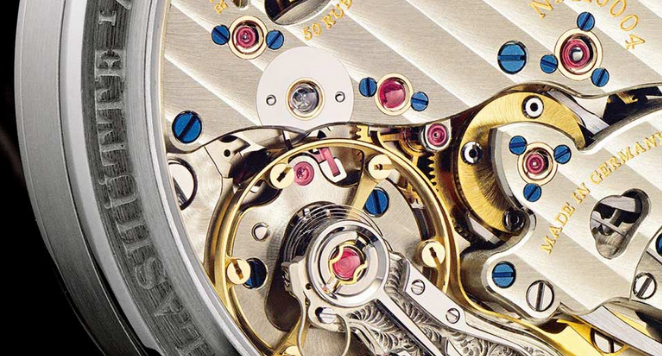
When you start looking for a jewelled watch, it can be tempting to skip the nuance and simply search ‘how many jewels in a good watch?’
It’s true that jewels can be a sign of a high-quality watch, thanks to the reduced friction and increased strength they promote.
However, the number of jewels alone does not determine a watch’s value as much as the materials and features do. Consequently, we cannot state that watches with more jewels are categorically superior. What we can do, however, is tell you the advantages and disadvantages of a jewelled watch.
Advantages
As discussed previously, jewelled watches are ideal for generating low friction, which leads to excellent accuracy and greater physical resilience. What’s more, there is potentially less need for lubricating oils as jewels share a similar purpose to these oils.
Disadvantages
Since jewels can sometimes represent lots of value, jewelled watches can be on the higher end of the price scale. Furthermore, they may still require lubrication, so their ability to reduce friction is certainly not flawless.
Do Jewels Only Feature In Mechanical Watches?
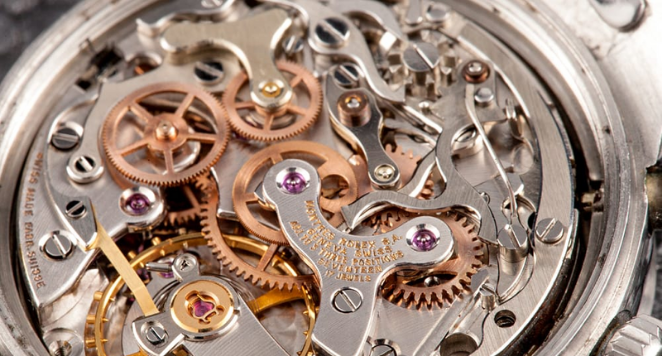
As quartz watches possess fewer moving parts, it’s logical to assume there is no need for jewels.
However, some quartz watches do have jewels – particularly timepieces sold by high-end brands.
As quartz watches still have gear bearings, jewels can help reduce friction in the movement.
However, owing to the complex mechanisms of mechanical watches, jewels are more commonly found in this type of timepiece instead.
Our Final Thoughts On Jewels In Watches
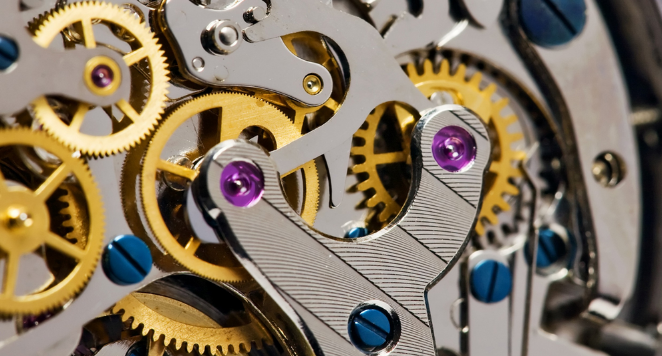
Overall, it’s clear to see that jewelled watches are an incredible invention; by managing the friction of the movement, they improve the general quality of a timepiece.
For that reason, each and every timepiece on the Uniform Wares website is jewelled, with the number of jewels varying depending on the watch.
If you desire a robust and reliable watch hidden behind elegant aesthetics, why not purchase one of our minimalist beauties today?
Our Swiss-made watches are affordable, versatile, and in high demand. Thanks to our extensive range of timepieces, we are bound to have a timepiece that suits your wants and needs, whatever your style may be. Browse our watches for sale today.
